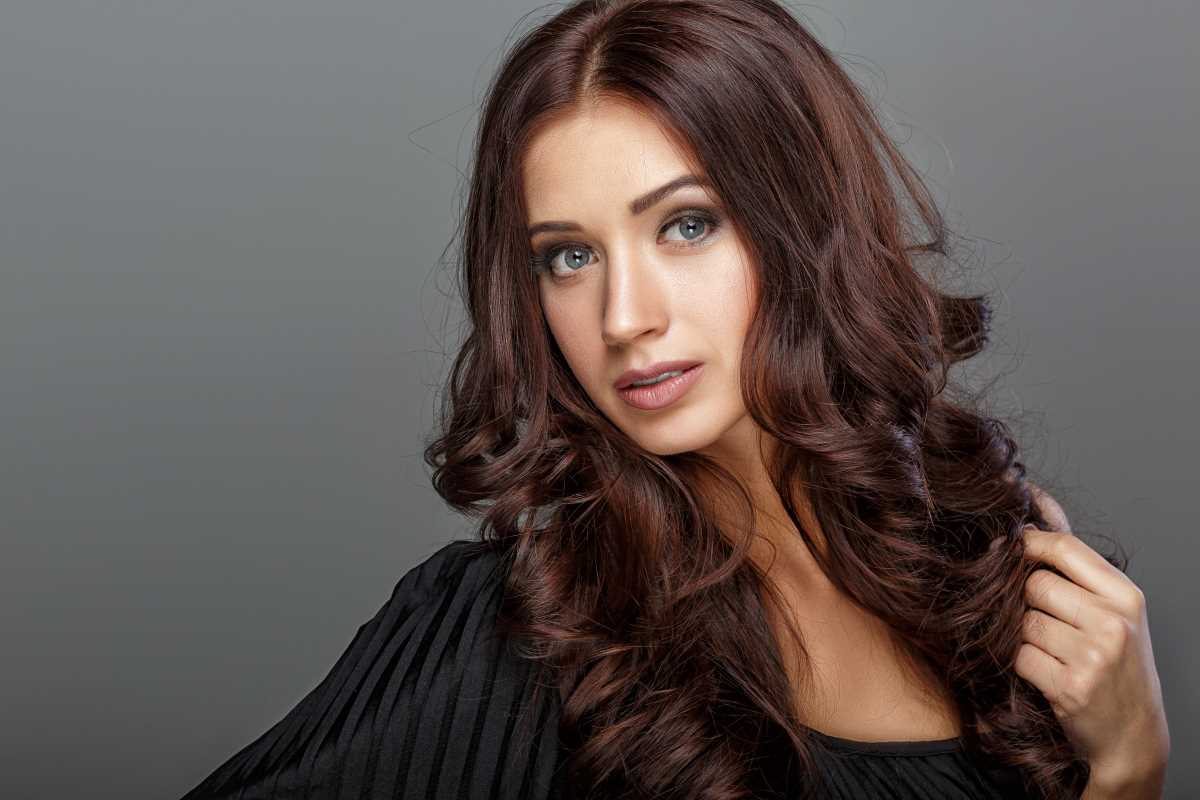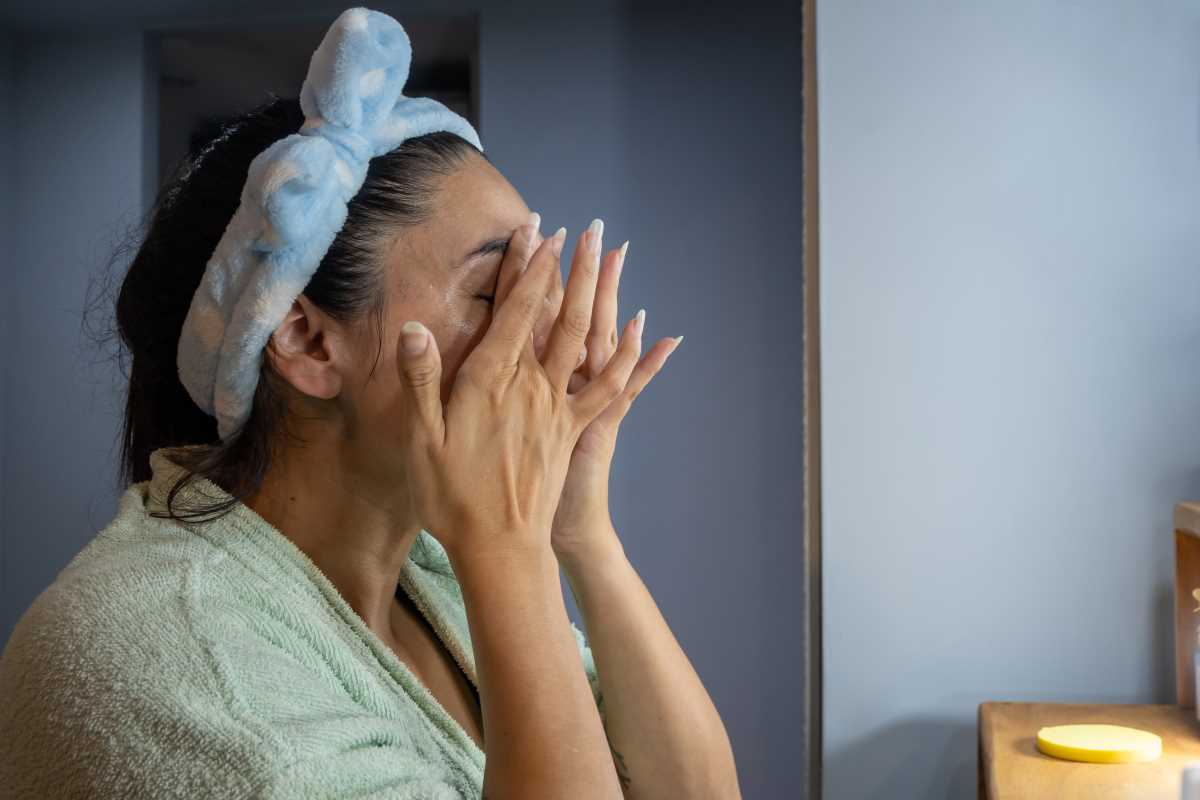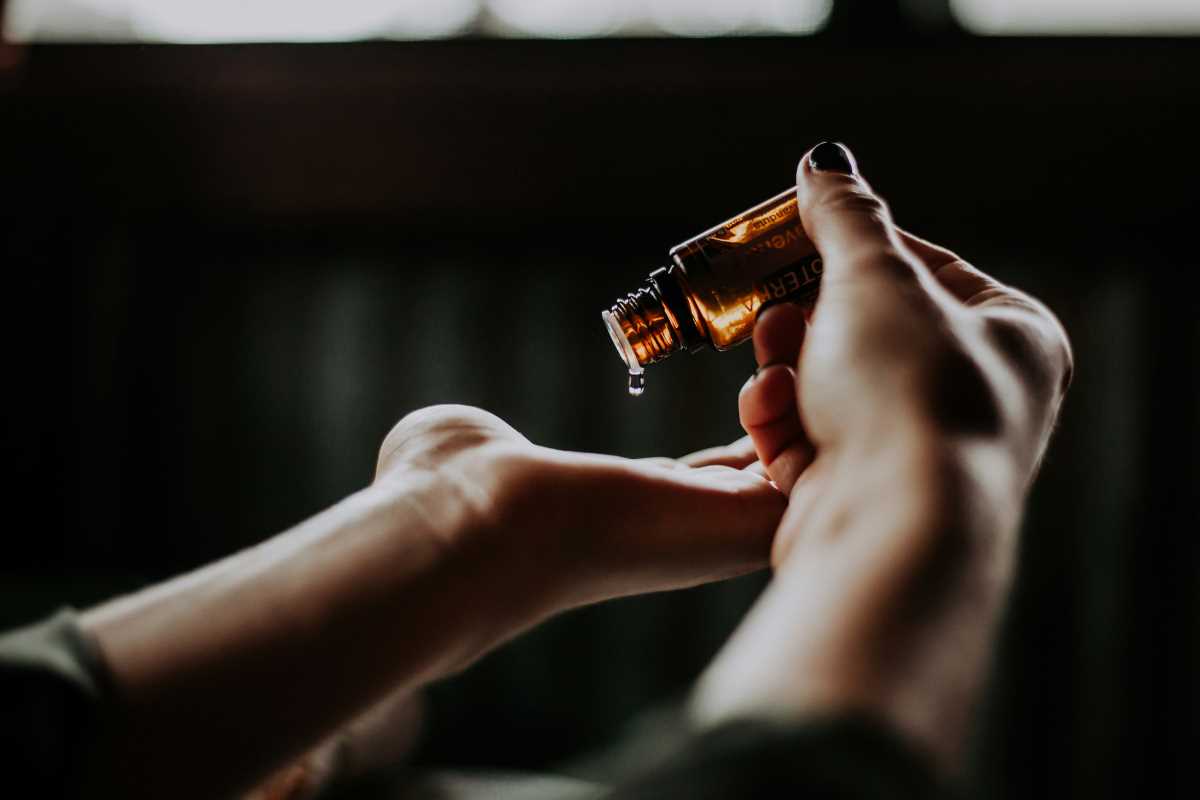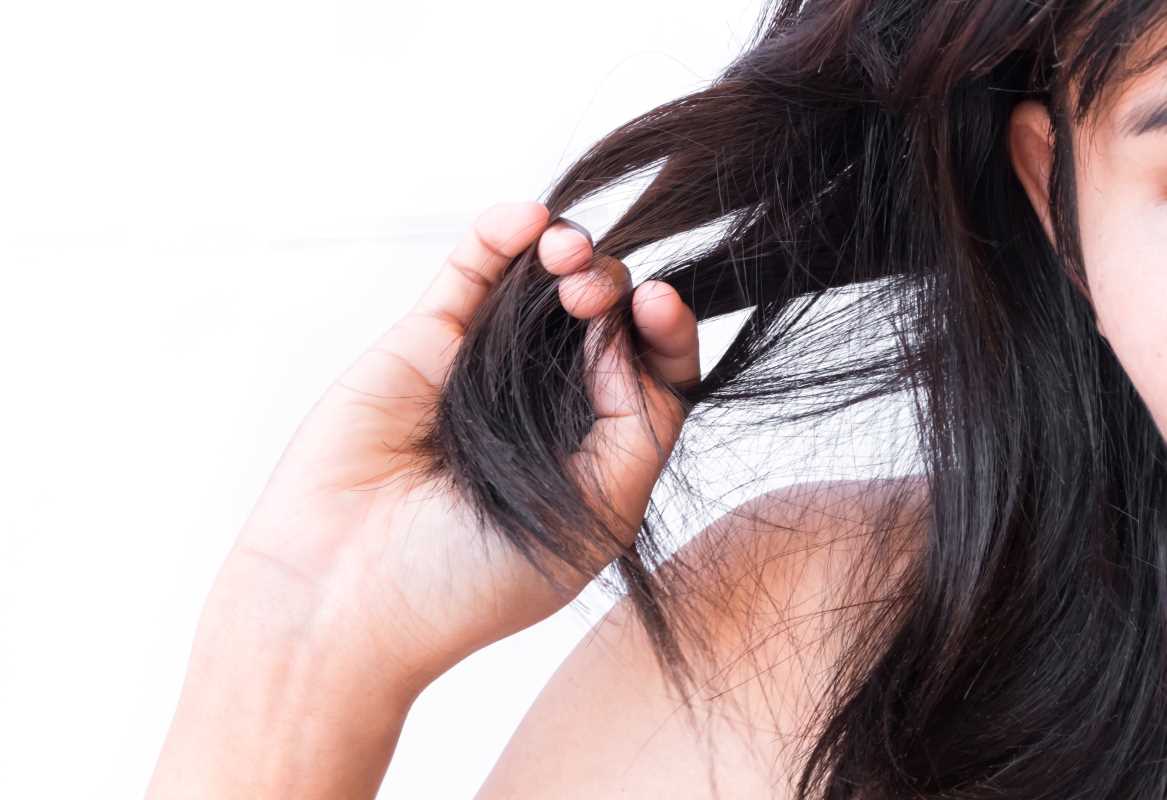Having soft, shiny, and healthy hair is a goal that many of us strive for. One essential step in achieving this is mastering the art of hair conditioning. Proper conditioning can help nourish and strengthen your hair, leaving it looking and feeling its best. Here are some expert tips to help you elevate your hair conditioning routine and achieve luscious locks.
Understanding Your Hair Type
To effectively condition your hair, it’s crucial to understand your hair type, as different types have different needs. Fine hair, for example, can easily become weighed down by heavy products, so it benefits from lightweight conditioners that provide hydration without adding extra weight.
Look for conditioners labeled as “volumizing” or “lightweight” if you have fine hair, as these formulations help maintain body and prevent your hair from feeling flat.
In contrast, thick or curly hair often needs extra moisture to stay manageable and soft. Rich, creamy conditioners or those designed for “hydration” or “repair” are ideal for these hair types. Curly hair can also benefit from conditioners with oils like coconut or argan oil, which help tame frizz and add shine. If your hair is color-treated or chemically processed, opt for a conditioner specifically designed to protect and maintain color vibrancy.
The Importance of Deep Conditioning
Regular conditioning keeps hair hydrated, but incorporating deep conditioning treatments can elevate your routine by nourishing hair on a deeper level. Deep conditioners penetrate the hair shaft more effectively than daily conditioners, providing essential nutrients and repairing damage.
Using a deep conditioner once a week can strengthen and soften your hair, making it more resilient to environmental stressors.
To get the most out of deep conditioning, apply the treatment to damp hair and allow it to sit for at least 10-15 minutes.
For even better results, use a shower cap or wrap a warm towel around your head to trap heat, which helps the conditioner penetrate deeply. Rinse thoroughly after the treatment, and enjoy hair that feels soft, smooth, and revitalized.
Utilizing the Right Temperature
Water temperature matters more than you might think. Hot water can strip your hair of its natural oils, leading to dryness and dullness. Instead, opt for lukewarm water to help maintain moisture and prevent excessive drying.
While hot water can help open the hair cuticle at the beginning of a wash, it’s best to use cooler water for the final rinse after conditioning. This cooler rinse can help seal the hair cuticle, locking in moisture and giving your hair a smoother, shinier appearance.
The Technique Matters
How you apply conditioner also impacts its effectiveness. Begin by applying conditioner to the mid-lengths and ends of your hair, which are often the driest and most in need of moisture. Avoid applying conditioner directly to the scalp, as this area tends to produce natural oils and usually doesn’t need extra hydration.
Once the conditioner is in your hair, use your fingers or a wide-tooth comb to distribute it evenly from roots to ends. This technique ensures each strand is coated, maximizing the conditioner’s benefits. Take a few minutes to gently work the conditioner through your hair, focusing on any particularly dry or damaged areas.
Rinsing Thoroughly
Proper rinsing is essential for effective conditioning. If you leave too much conditioner in your hair, it can lead to buildup, making your hair feel heavy or greasy. Rinse your hair thoroughly with lukewarm water until it feels clean and free from any slippery residue. Spending a little extra time on rinsing ensures that your hair will feel soft and lightweight once it’s dry, without any unwanted buildup that could weigh it down.
The Power of Leave-In Conditioner
In addition to traditional rinse-out conditioners, leave-in conditioners can provide lasting moisture and protection throughout the day. Leave-in conditioners are especially helpful for people with dry or damaged hair, as they offer additional hydration and help seal in moisture. These products also act as a protective layer against environmental stressors like heat, UV rays, and pollution.
To use a leave-in conditioner, apply a small amount to damp hair after you’ve rinsed out your regular conditioner. Distribute it evenly, focusing on the ends and mid-lengths of your hair.
Avoid the roots if you’re prone to oiliness, as this can make your hair look greasy. After applying, style your hair as usual. Leave-in conditioner can be especially beneficial before heat styling, as it provides an added layer of protection.
Additional Tips for Optimal Conditioning
To get the most out of your conditioning routine, consider incorporating a few additional practices:
- Detangle before conditioning: Detangling your hair before applying conditioner can help the product distribute more evenly, ensuring every strand gets the moisture it needs.
- Use a microfiber towel: Traditional towels can cause frizz and breakage. A microfiber towel is gentler and helps reduce damage, keeping your hair smoother and shinier.
- Limit heat styling: Excessive heat can lead to dryness and damage, counteracting the benefits of conditioning. If you use heat styling tools, always use a heat protectant and keep the temperature low to moderate.
By following these expert tips for mastering the art of hair conditioning, you can achieve the soft, shiny, and healthy hair you’ve always dreamed of. Tailor your conditioning routine to suit your hair type, incorporate deep conditioning treatments, and pay attention to water temperature, application technique, and thorough rinsing. With the right approach and a little extra care, you’ll be well on your way to beautiful, manageable hair that looks and feels its best.







